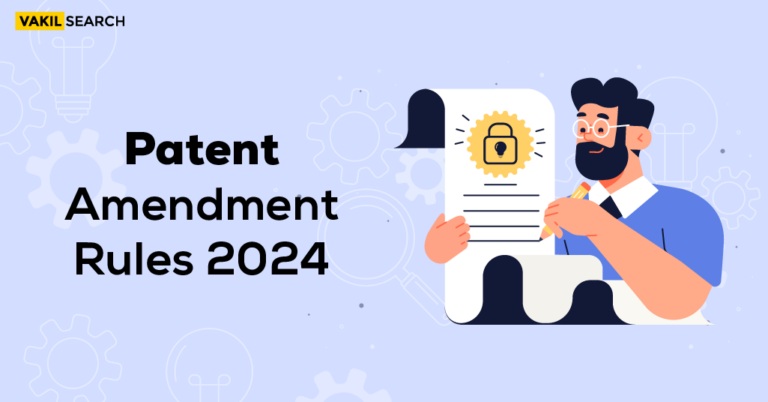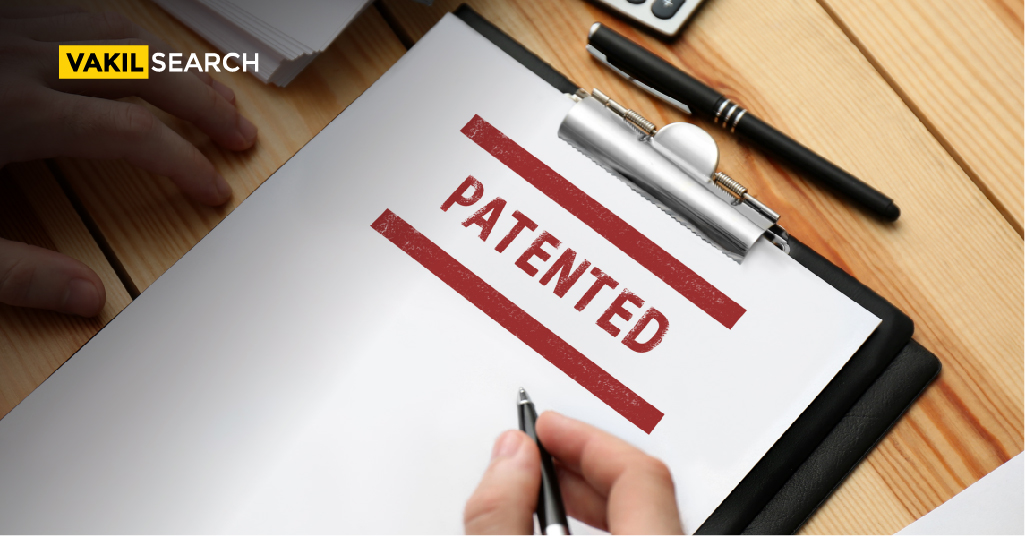The legal and commercial rights of the inventor to their inventions are protected by patents. However, before you submit a patent application, here is all you should know about the various patents and patent applications. Depending on the sort of invention, different types of patents exist. Let’s see more about the patents and different types of patents.
What is a Patent?
A patent is an intellectual property right (IPR) that safeguards both new and original discoveries. The patent is portrayed as a legal document that guarantees the creator will be the only one to profit from their creation. Once an innovation has been patented, the creator may use it to benefit their business, whether through licensing or other means. The patent also gives the inventor the right to sue anyone who copies or uses their idea without their consent. To obtain a patent, an application must be submitted. IPR essentially has three different sorts of patents.
Types of Patent
Ordinary Patent Application
Ordinary patent requests with provisional or full specifications can be filed in India. Furthermore, the fact that it does not claim a preference from any other application is distinctive from other patents. The specification is a declaration of technical disclosure allowing the normally qualified person to carry out an invention. Moreover, it starts with the name of the invention and includes the invention area, state of the art, invention purpose, overview, comprehensive invention description, sketches, and statements, along with a summary of the invention. The abstract contains a short description. Further, the full specification must be preceded within 12 months by a provisional submission.
Convention Patent Application
In India, the priority of a convention application shall be asserted and shall be filed with a complete specification within 12 months from the priority date.
PCT National Phase Patent Application
PCT’s National Step Patent Request must lodge with India in accordance with the complete English requirements after a PCT application that file at WIPO and within 31 months of the priority date. In the course of 31 months from the date of earliest priority, or within 3 months after a request made by the controller, the English translation of the priority documents should be filed. Further, if WIPO does not issue PCT/IB/304, the certified copy must be filed with priorities within 31 months of the earliest priority date.
Types of patent applications
Inventors must be knowledgeable about the many kinds of patent applications. The two are as follows:
Temporary Patents
If an investor wants to make changes to their invention while it is still in the development stage, they can submit a provisional patent application. They will have a year to refine and develop their idea before they must turn the provisional patent into a full patent application.
Entire Patent
One can submit a comprehensive patent application if they are ready to obtain a patent and have their entire innovation in place. The last word An inventor should be aware of the application and patent types before filing their patent application. It is advised that companies work with patent experts to help with the difficult patent application procedure.
Visit Us: https://vakilsearch.com/ipindia/patent-registration
Conclusion:
Make sure you carefully evaluate all forms of protection if you’re going to the trouble of writing a patent application. Utilize them as part of your overall strategy to receive a return on your investment and to get the appropriate protection for your budget. If you need any expert help, you can always seek the help of Vakilsearch, who make your paperwork done successfully without any delay or hassle! Vakilsearch is India’s best legal service provider. So any legal paper works pending because of no proper guidance, it’s better to take advice from the legals.
Read more,










